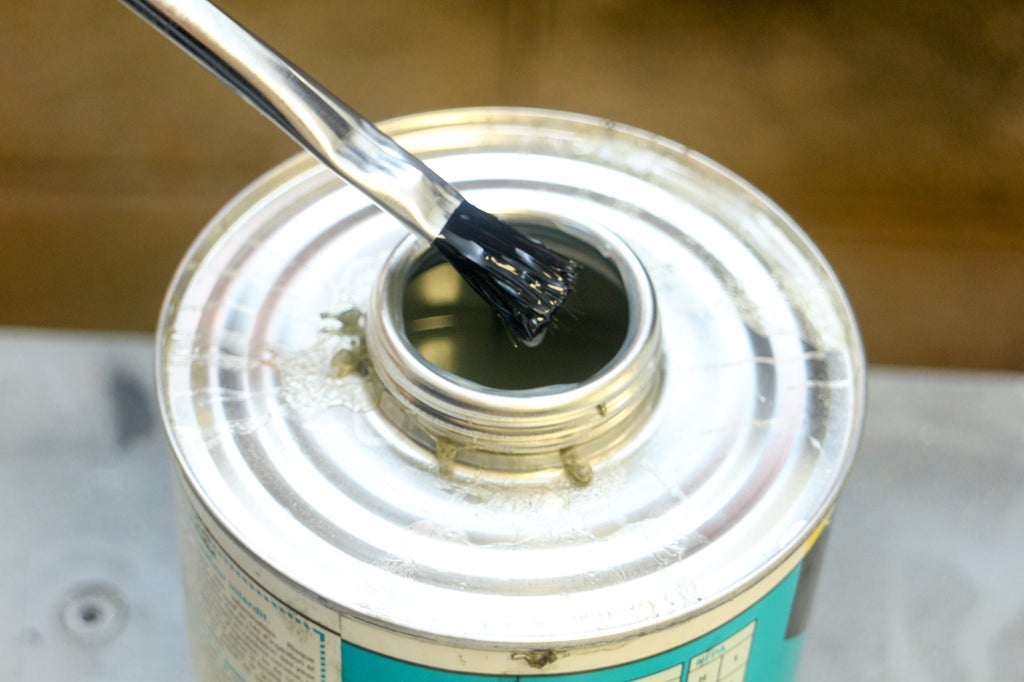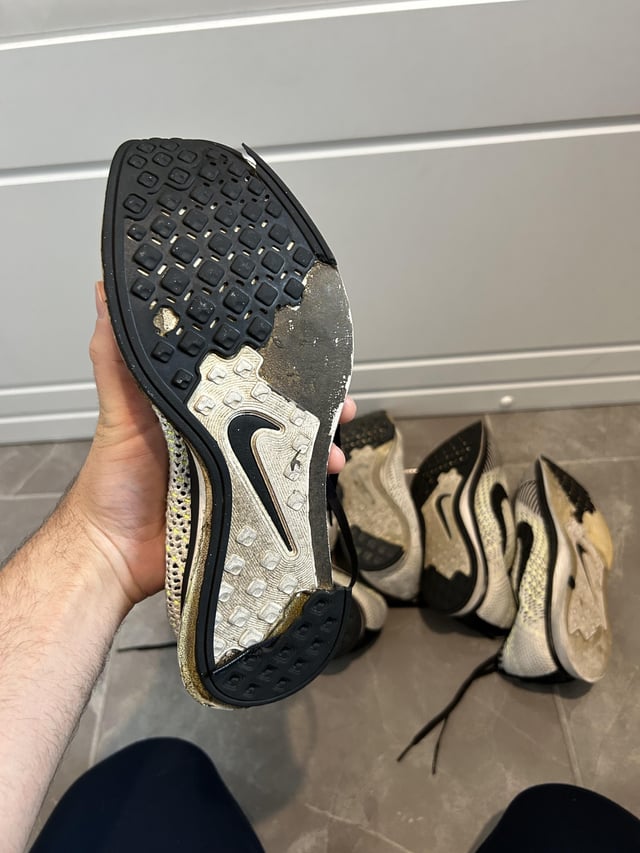Contact cement is best for bonding large surface areas, while rubber cement is more suitable for delicate materials. Contact cement forms a strong, permanent bond, while rubber cement offers a repositionable and temporary bond.
Both types of cement have their own unique uses and benefits, making it important to understand the differences between them. Let’s explore the distinct characteristics of contact cement and rubber cement to determine which adhesive is the right choice for your project.
By comparing their features and applications, you can make an informed decision on which cement will best suit your needs. Whether you are working on a DIY project or a professional task, selecting the appropriate adhesive is crucial for achieving successful results.

Introduction To Contact Cement And Rubber Cement
Contact cement and rubber cement are two popular adhesives, each with unique properties. Contact cement forms an instant bond upon contact, making it ideal for large surfaces, while rubber cement offers a repositionable bond suitable for paper and lightweight materials.
Understanding their differences helps in choosing the right adhesive for specific projects.
| Adhesive Basics | Contact Cement | Rubber Cement |
|---|---|---|
| Composition | A solvent-based adhesive that is made up of synthetic rubber and resins | A water-based adhesive that is made up of natural or synthetic rubber |
| Usage | It is ideal for bonding surfaces that are difficult to clamp together such as plastic laminates, leather, rubber, metal, and wood | It is ideal for bonding paper, cardboard, photos, and lightweight materials |
| Drying Time | It takes around 15 minutes to dry but requires 24 hours for complete curing | It takes a few minutes to dry but requires 24 hours for complete curing |
| Strength | It provides a strong and permanent bond | It provides a temporary bond that can be easily removed |
Chemical Composition And Properties
When it comes to the chemical composition and properties of contact cement vs rubber cement, it’s important to understand the ingredients that make up these adhesives. Contact cement typically contains neoprene or polychloroprene, toluene, and acetone. On the other hand, rubber cement is composed of rubber (either natural or synthetic), heptane, and isopropyl alcohol. Contact cement forms an instant bond due to its quick-drying nature, while rubber cement offers repositionable and easily removable qualities. Understanding the differences in their chemical composition and properties can help in choosing the right adhesive for specific applications.
Application Techniques
| Application Techniques |
|---|
|
When applying contact cement, it is crucial to properly prepare the surfaces. Start by ensuring that both surfaces are clean, dry, and free from any dust or debris. Use sandpaper to smooth out any rough areas and create a better bond. Next, apply a thin and even layer of contact cement to both surfaces using a brush or a roller. Allow the cement to dry for the recommended time, which is usually around 15 minutes. For rubber cement, the application process is slightly different. Begin by applying a thin coat of rubber cement to one surface and another thin coat to the other surface. Let the cement dry for a few minutes until it becomes tacky to the touch. Once the cement is tacky, press the two surfaces together firmly. Make sure to align them correctly, as the bond is immediate and difficult to reposition. |

Adhesion Strength And Durability
Contact cement and rubber cement both offer strong adhesion and durability. However, contact cement generally provides a stronger initial bond, making it ideal for heavy-duty applications. On the other hand, rubber cement offers a more flexible and repositionable bond, making it suitable for temporary or lighter-duty projects. In terms of longevity, contact cement tends to maintain its bond for a longer period, while rubber cement may require reapplication over time due to its less permanent nature. When comparing the bonding power of these adhesives, it’s important to consider the specific requirements of the project at hand in order to determine which type of cement is the most suitable choice.
Versatility And Material Compatibility
Versatility and material compatibility are important factors to consider when comparing contact cement and rubber cement. Each adhesive has its own strengths and weaknesses, with contact cement offering a strong bond for various materials like wood, metal, and plastic, while rubber cement is more suitable for paper and lightweight materials.
Understanding their differences can help you choose the right adhesive for your specific project.
| Versatility and Material Compatibility |
| Contact cement is commonly used in woodworking for joining large surfaces. Its strong bond makes it ideal for laminate and veneer applications. Rubber cement, on the other hand, is frequently used in craft projects and for temporary bonds. It is flexible and repositionable. Both cements are compatible with a variety of materials such as paper, plastic, and fabric. They are suitable for different applications based on their unique properties. |
Setting Time And Curing Process
Contact cement and rubber cement both require a specific setting time and curing process. Contact cement bonds instantly upon contact, while rubber cement needs time to set before creating a strong bond. Understanding the differences in their setting time and curing process is crucial for successful adhesive application.
| Contact Cement | Rubber Cement |
| Quick setting time | Slower drying process |
| Provides instant adhesion | Requires more time to dry thoroughly |
Health And Safety Considerations
| Health and Safety Considerations |
| Ventilation and Inhalation Risks |
Contact Cement can pose serious health risks due to toxic fumes. Proper ventilation is critical to reduce inhalation exposure. Rubber Cement, though less toxic, also requires adequate ventilation. Always use both cements in a well-ventilated area. Wearing a mask is highly recommended to protect against fumes. Adhere to safety precautions to minimize health risks when working with these products.
Environmental Impact And Disposal
Contact cement and rubber cement are both commonly used adhesives in various industries, but they have different environmental impacts and disposal methods. Contact cement is more harmful to the environment and requires special disposal methods, while rubber cement is considered safer and can be disposed of in regular trash.
| Eco-Friendly Aspects of Adhesives | Proper Disposal Methods |
| Contact cement often contains harmful solvents impacting nature. Rubber cement, on the other hand, is generally considered safer for the environment. | Contact cement disposal requires caution due to its toxic components. Rubber cement disposal is less harmful if handled properly. |
| Eco-friendly adhesives are being developed to reduce environmental harm. Proper disposal of adhesives prevents pollution and harm to ecosystems. | Recycling adhesives containers and choosing water-based adhesives are sustainable practices. |
Cost Analysis And Availability
Contact cement and rubber cement both have their pros and cons in terms of cost and availability. While contact cement is generally more expensive, it offers strong bonding properties and is widely available. On the other hand, rubber cement is more affordable but may not provide the same level of durability and can be harder to find in certain locations.
Consider your specific needs and budget when choosing between the two.
| When comparing Contact Cement and Rubber Cement, it’s important to consider the cost and availability. Contact Cement tends to be more expensive than Rubber Cement, which is often budget-friendly and widely accessible. While Contact Cement may offer stronger adhesion, Rubber Cement is easier to work with for smaller projects. Consider the scale and nature of your project when choosing between the two adhesives. |
Final Thoughts On Adhesive Selection
Choosing between contact cement and rubber cement can be a tough decision. While contact cement provides a stronger bond, rubber cement is easier to work with and is more forgiving. Ultimately, the choice depends on the specific project and personal preference.
| Final Thoughts on Adhesive Selection |
| Making an Informed Decision |
| Expert Recommendations |

Frequently Asked Questions
Faq 1: What Is The Difference Between Contact Cement And Rubber Cement?
Contact cement is a strong adhesive that creates a permanent bond between materials, such as wood or metal. Rubber cement, on the other hand, is a temporary adhesive that allows for repositioning and easy removal. The main difference lies in their bonding properties and intended use.
Faq 2: Can Contact Cement Be Used On Rubber Materials?
Yes, contact cement can be used on rubber materials. It forms a strong bond with rubber, making it suitable for various applications like repairing shoes, sealing rubber gaskets, or bonding rubber to other surfaces. Ensure proper ventilation and follow the manufacturer’s instructions for best results.
Faq 3: Is Rubber Cement Suitable For Permanent Bonding?
Rubber cement is not recommended for permanent bonding. It is designed to be a temporary adhesive that allows for easy repositioning and removal. If you need a long-lasting bond, consider using contact cement or other adhesives specifically formulated for permanent bonding.
Faq 4: Can Contact Cement Be Used On Plastic Surfaces?
Yes, contact cement can be used on plastic surfaces. However, it is important to select the appropriate type of contact cement that is compatible with the specific type of plastic you are working with. Always test a small area first to ensure compatibility and follow the manufacturer’s instructions.
Conclusion
After analyzing the differences between contact cement and rubber cement, it is clear that both adhesives have their own unique set of advantages and disadvantages. While contact cement is more durable and long-lasting, rubber cement is more flexible and easy to remove.
The choice between the two depends on the specific project requirements and personal preferences. In the end, it is important to choose the right adhesive for the job to ensure a successful outcome.

